In the process of implementing the green growth target as well as implementing Vietnam's commitments at the 26th Conference of the Parties to the United Nations Framework Convention on Climate Change (COP26), green energy transition is identified as the most basic and important task. This is also an opportunity for the transport sector to develop synchronously towards modernization and sustainability, keeping up with the world 's advanced development trends and levels.
According to statistics, Ho Chi Minh City currently has about 9 million personal vehicles, of which about 900,000 are cars, the rest are 2-wheelers. It is expected that Ho Chi Minh City will issue a project to support people to switch to electric motorbikes in the fourth quarter of 2023 and implement it in the first quarter of 2024.
To speed up the project, the city will focus on supporting the production, assembly and export of vehicles; supporting consumers and users; supporting infrastructure, electrical components, batteries, charging stations; and supporting operations and exploitation.
[caption id="attachment_447774" align="aligncenter" width="768"] Ho Chi Minh City will support people to change to electric motorbikes. Photo: Thanh Nien[/caption]
Ho Chi Minh City will support people to change to electric motorbikes. Photo: Thanh Nien[/caption]In the program "People ask - Government answers" in August 2023, Mr. Tran Quang Lam, Director of the Ho Chi Minh City Department of Transport, said that the city will focus on converting public transport, buses, taxis, and public sector investment procurement. At the same time, the city will increase subsidies, support charging stations for buses, reduce taxes in advance, and support operations and exploitation for taxis.
For old motorbikes and two-wheelers, the city also researched, zoned and identified a number of pilot subjects such as Can Gio district and the central area. The subjects will receive indirect support through policies or directly through the cost of buying electric vehicles.
In An Giang , in May 2023, the Provincial People's Committee issued a plan to implement the Prime Minister's Decision approving the Action Program on green energy conversion, reducing carbon and methane emissions in the transport sector.
Regarding roads, the provincial transport sector plans to gradually convert road motor vehicles to use electricity from 2022 to 2030; expand the blending and use of 100% E5 gasoline for this type of vehicle. On the other hand, the province has a roadmap for developing electric charging infrastructure in line with reality, meeting the needs of people and businesses; encouraging bus stations and rest stops to convert to green criteria.
In the following years (2030 - 2050), along with the whole country, An Giang will switch to using road motor vehicles, electric motorbikes, and green energy. Particularly, bus stations and rest stops must meet green criteria; convert all machinery and equipment for loading and unloading from using fossil fuels to using electricity and green energy; provide green energy throughout the province.
An Giang transport sector encourages investment in building, importing, and converting inland waterway vehicles using fossil fuels to using electricity and green energy; researches and develops criteria for green ports and green transport routes as a basis for developing mechanisms and policies to encourage investment in new green inland waterway ports throughout the area.
As for urban transport, from 2025, 100% of buses will be replaced, newly invested, using electricity and green energy; the proportion of public passenger transport will reach at least 5%. By 2050, 100% of vehicles using fossil fuels will switch to using electricity and green energy; 100% of equipment at ports and inland waterways will be similarly converted.
The An Giang Provincial People's Committee directed the Department of Transport to research digital technology, artificial intelligence, IoT on smart traffic in management; on operating the transport sector... Thereby, coordinating with relevant agencies to deploy, propagate, and direct transport units to improve energy efficiency, convert to using green energy with green vehicles, equipment, and transport infrastructure.
Along with An Giang and Ho Chi Minh City, other localities across the country have also issued plans to implement the Action Program on green energy conversion, carbon and methane emissions reduction of the transport sector approved by the Prime Minister in Decision No. 876/QD-TTg dated July 22, 2022.
[caption id="attachment_447780" align="aligncenter" width="768"]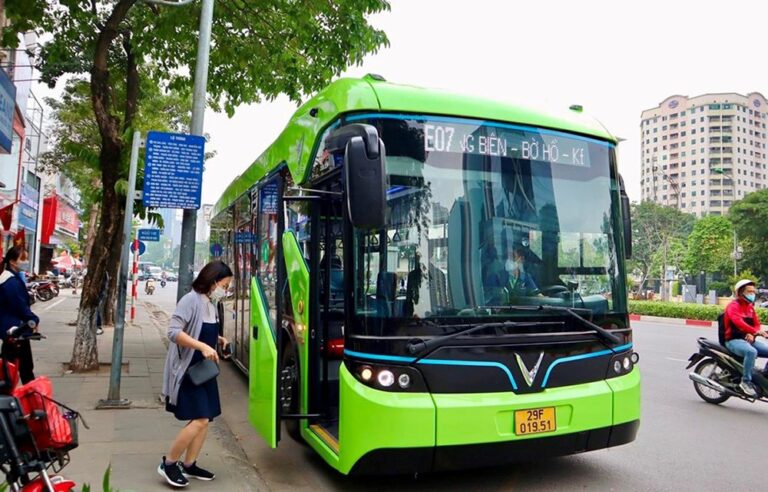 100% of buses will be replaced and invested in using electricity and green energy in urban transport from 2025. Photo: VNA[/caption]
100% of buses will be replaced and invested in using electricity and green energy in urban transport from 2025. Photo: VNA[/caption]The action plan identifies the development of a green transport system towards the goal of net zero greenhouse gas emissions by 2050.
The goal for the period up to 2030 is to improve energy efficiency, promote the conversion to electricity and green energy in the transport sector that is ready in terms of technology, institutions, and resources to implement the commitment level in the Nationally Determined Contribution (NDC) and the target of reducing methane emissions of Vietnam.
By 2050, develop reasonable modes of transport, strongly implement the conversion of all means, equipment, and transport infrastructure to use electricity and green energy, aiming for zero net greenhouse gas emissions by 2050.
To achieve the above goals, the Prime Minister's Decision sets out tasks and solutions such as: Building and perfecting institutions, policies, and planning; Converting vehicles using electricity and green energy; Developing green transport infrastructure; Improving energy efficiency, reducing greenhouse gas emissions; Strengthening international cooperation, science and technology, human resource development, and communications.
The Prime Minister's Decision also clearly states: mobilizing all resources to carry out tasks and solutions to reduce greenhouse gas emissions and convert to green energy in the transport sector. In particular, the tasks of developing legal documents, institutions, policies, etc., are mainly funded from the state budget and other legally mobilized sources. Programs, tasks, and projects on green technology transfer, greenhouse gas emission reduction, and maximum mobilization of international support and climate finance funds. In addition, green transport infrastructure development projects mobilize resources from the state budget, international support, private investment, and public-private partnerships, etc.
Minh Thai



![[Photo] The ceremonial artillery is ready to "fire" for the second parade rehearsal at My Dinh National Stadium.](https://vstatic.vietnam.vn/vietnam/resource/IMAGE/2025/8/24/883ec3bbdf6d4fba83aee5c950955c7c)




![[Photo] Impressive image of 31 planes taking flight in the sky of Hanoi during their first joint training](https://vstatic.vietnam.vn/vietnam/resource/IMAGE/2025/8/24/2f52b7105aa4469e9bdad9c60008c2a0)
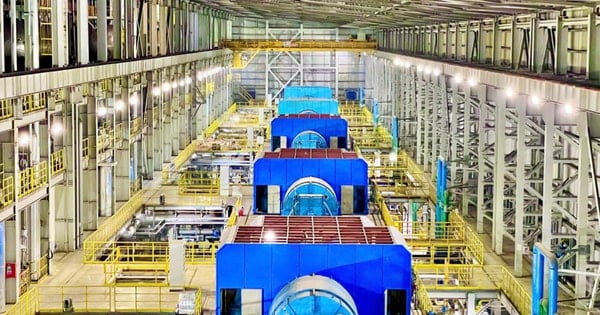

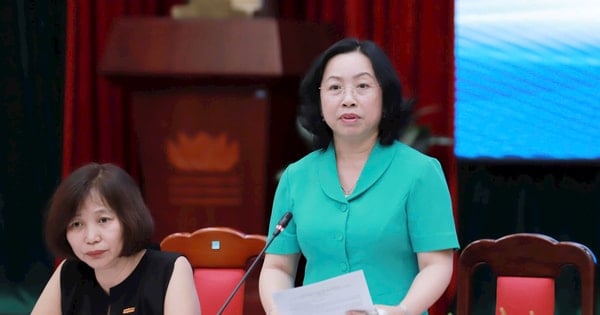
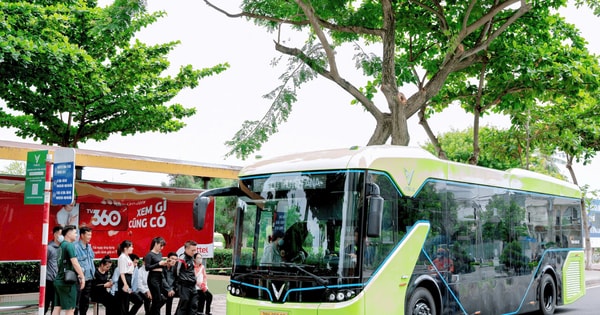
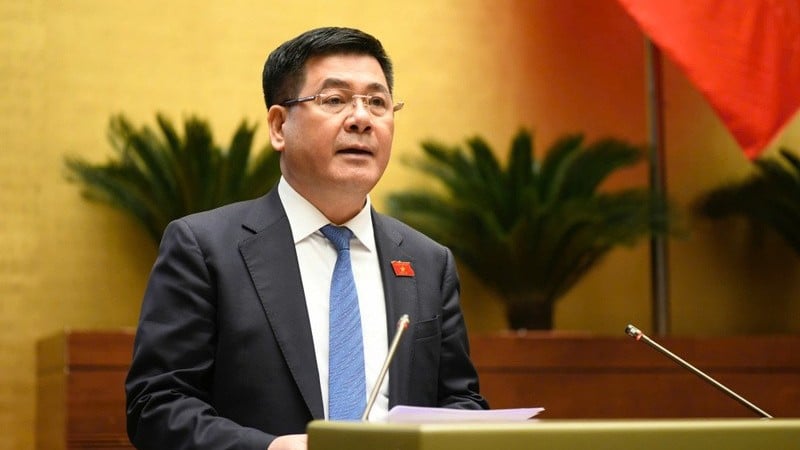


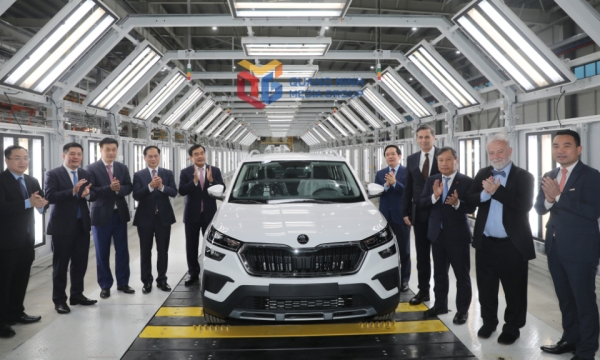



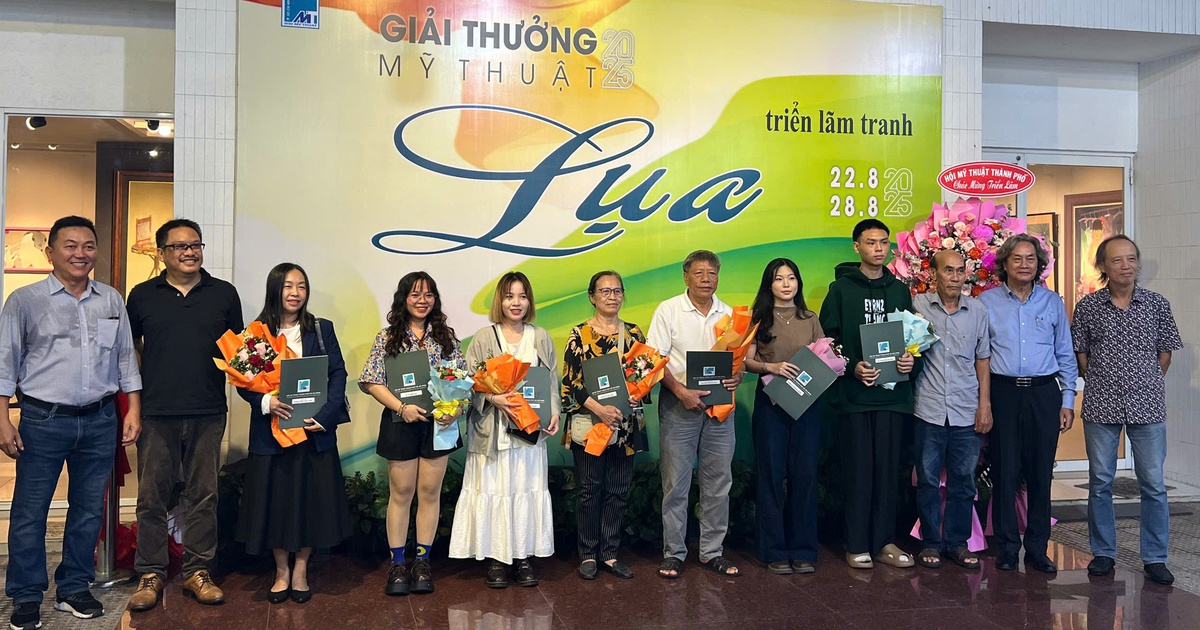

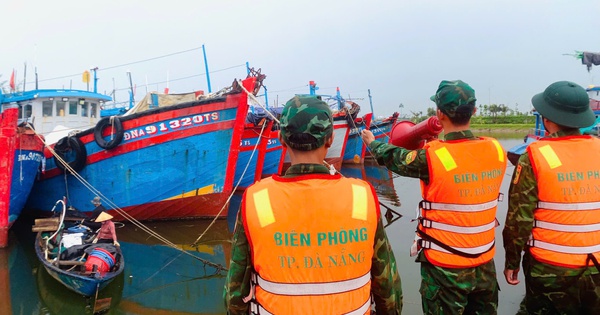



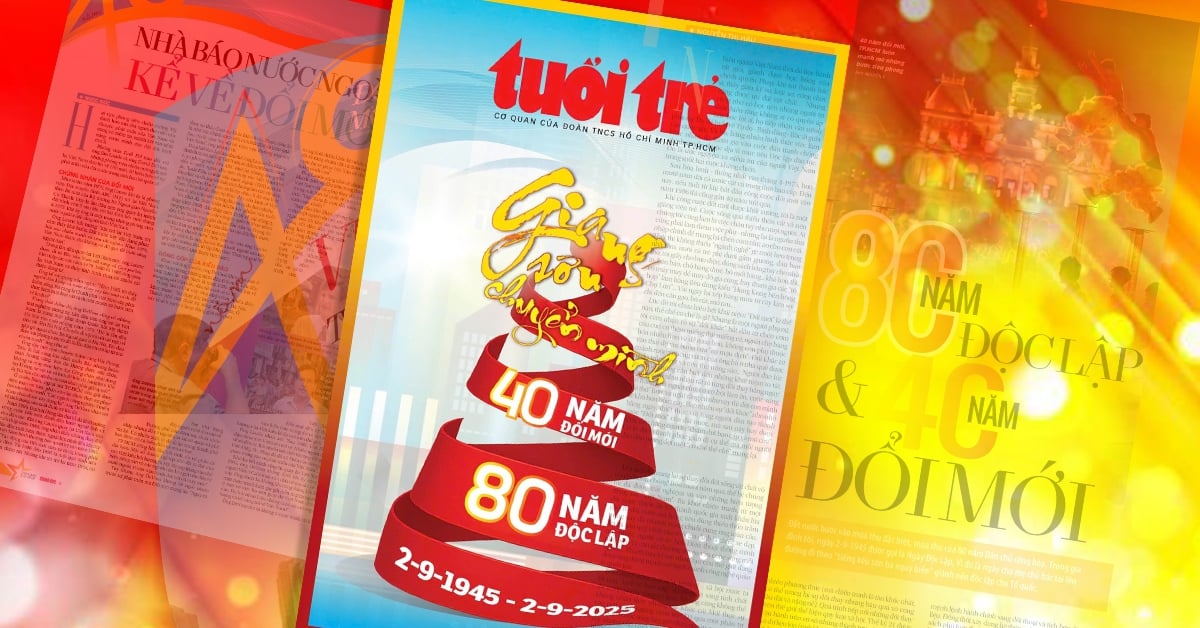





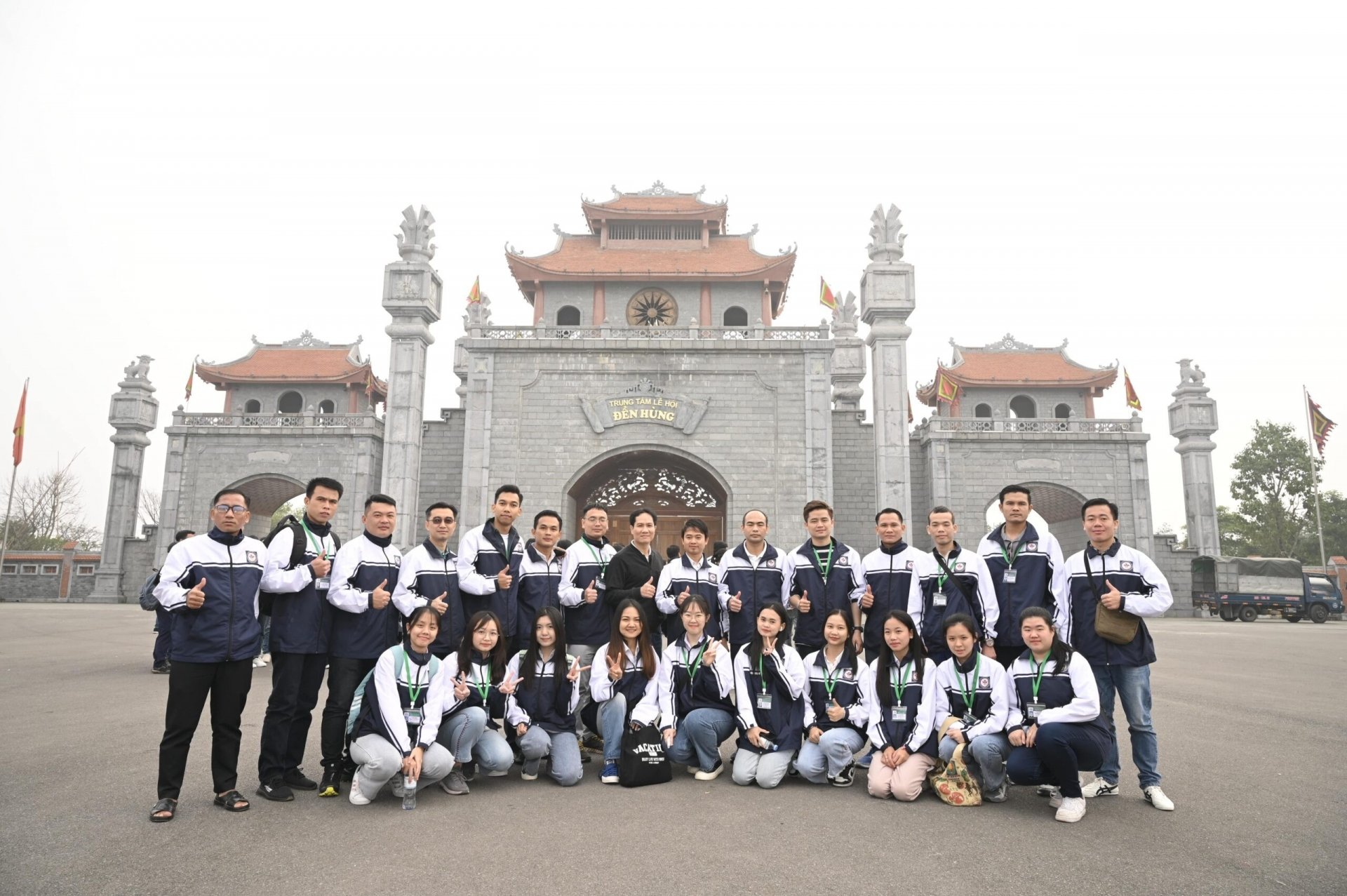

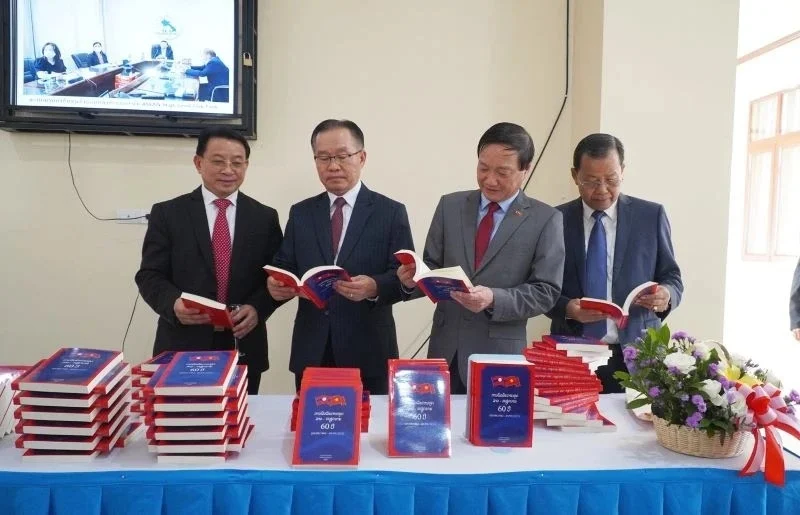
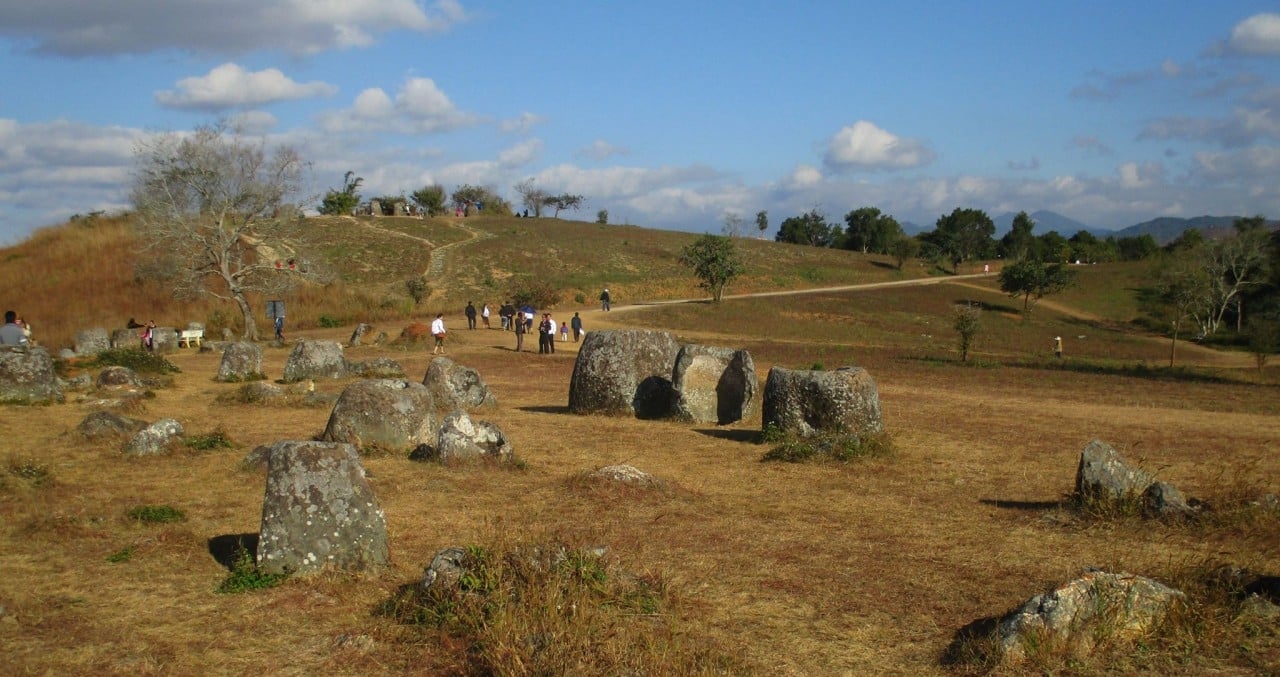
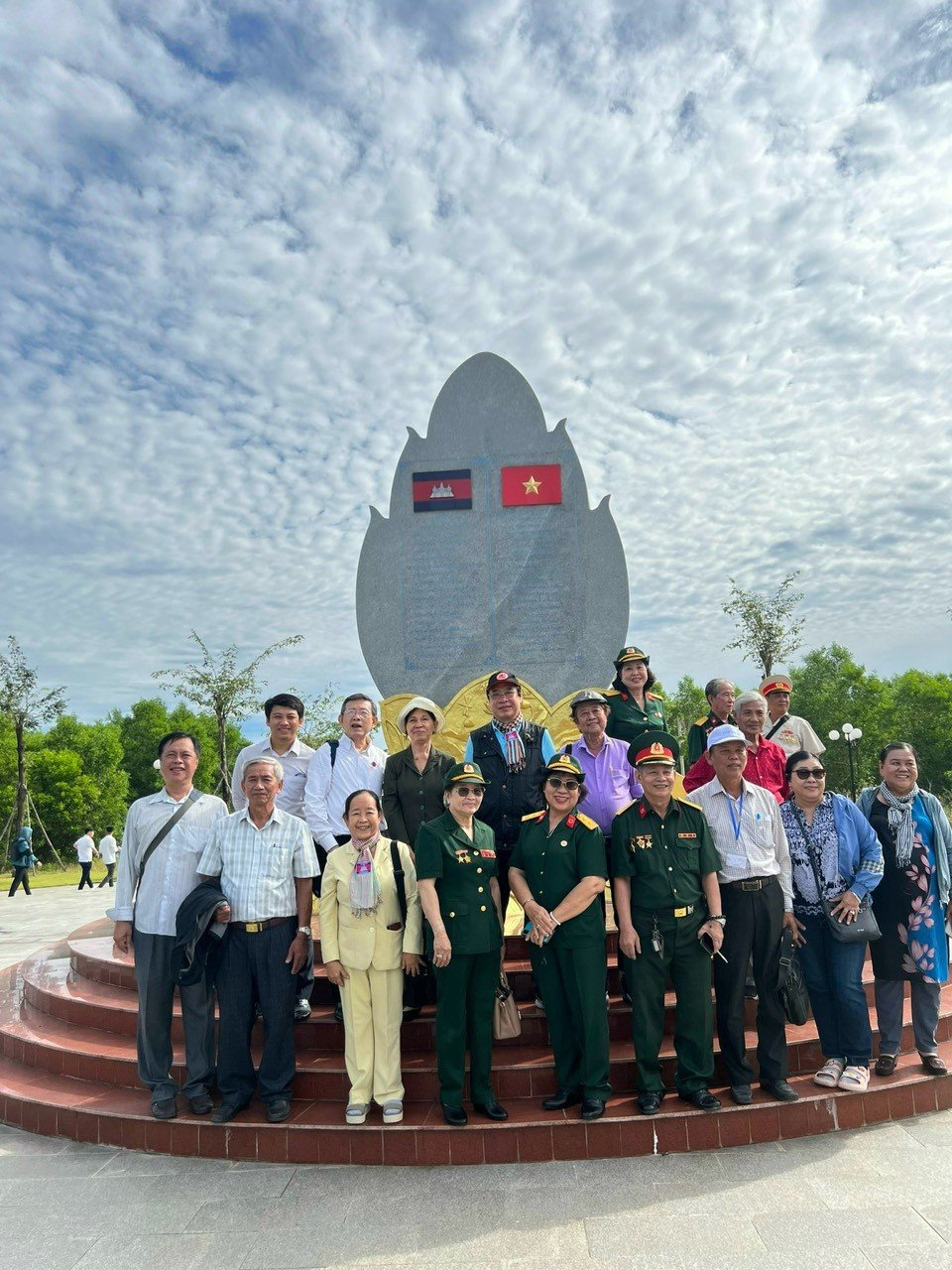

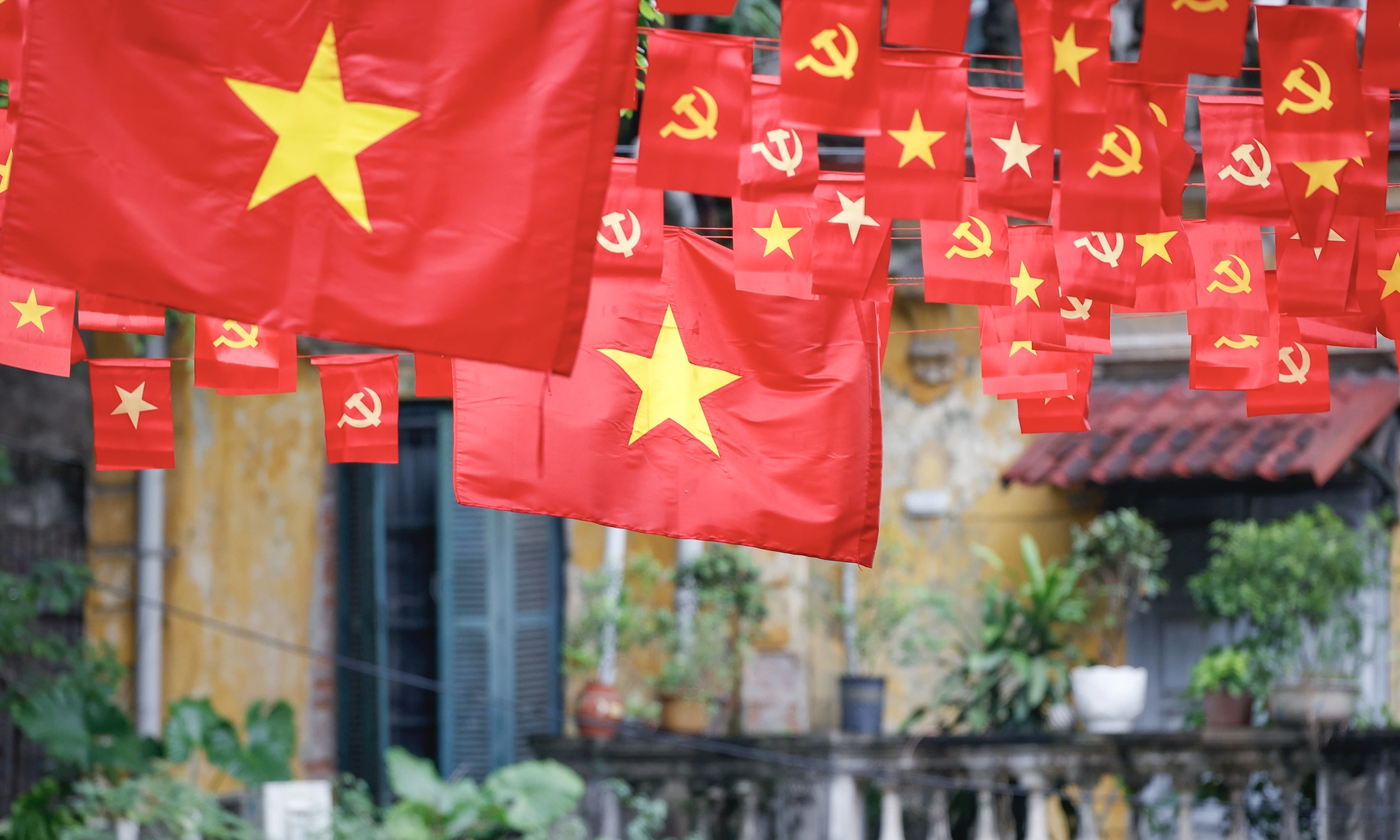





























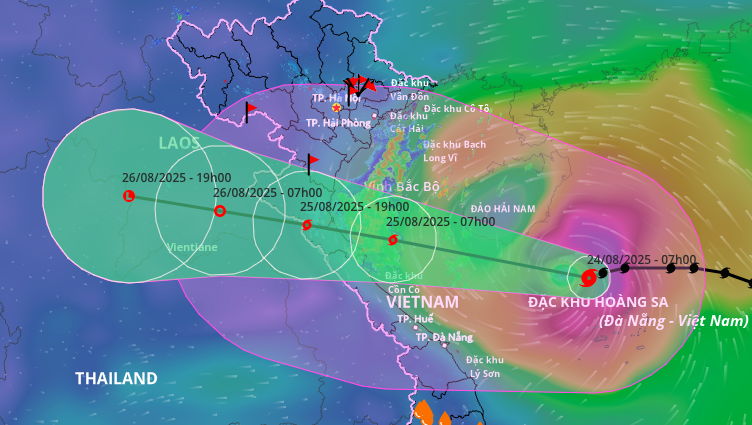












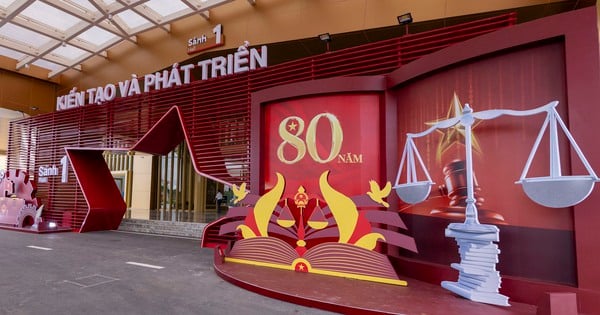




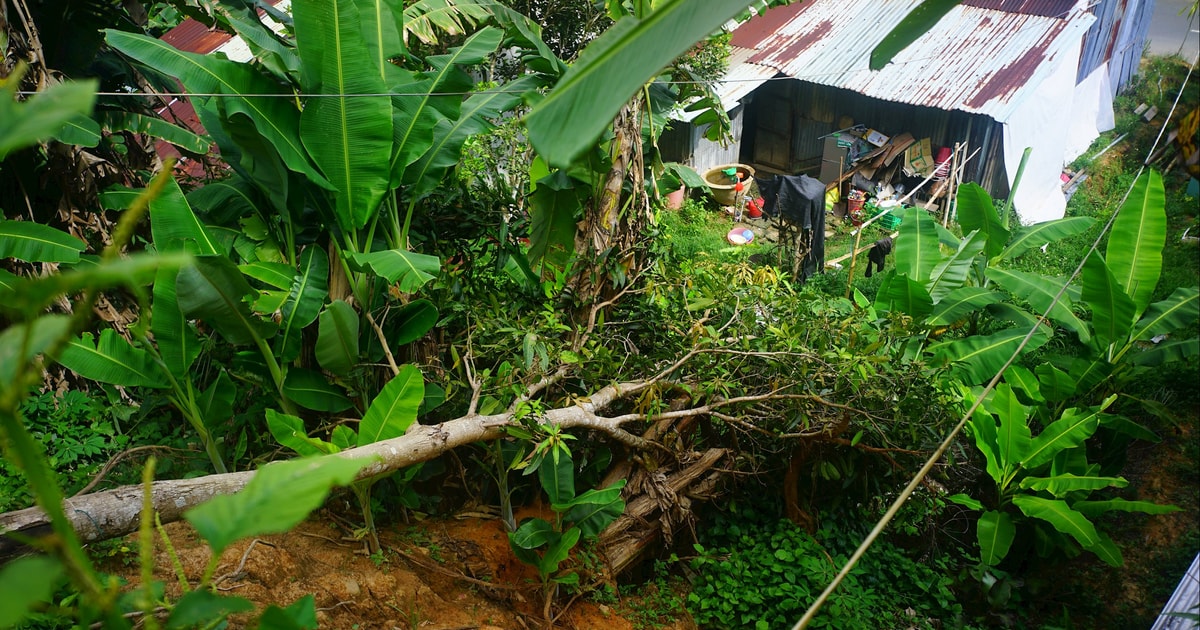

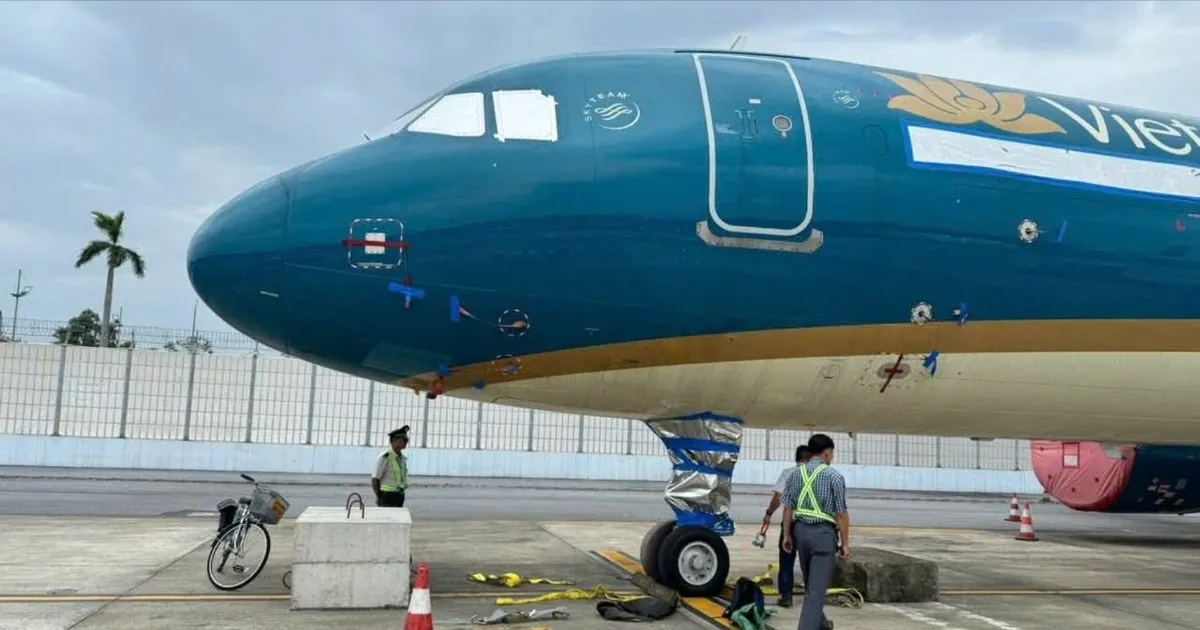

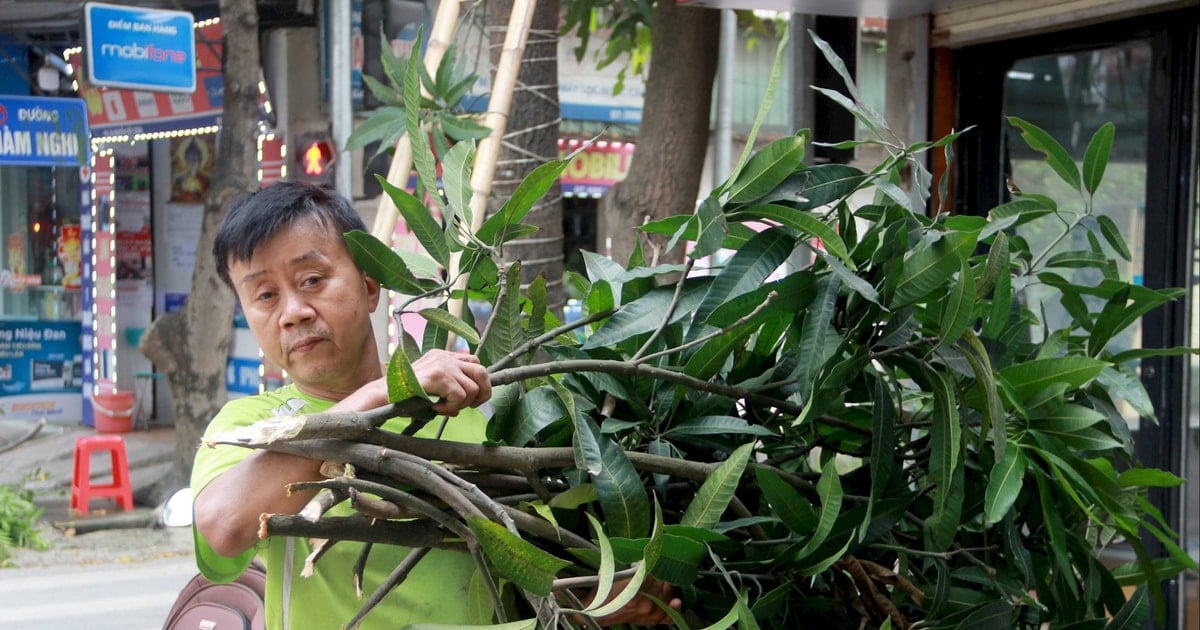

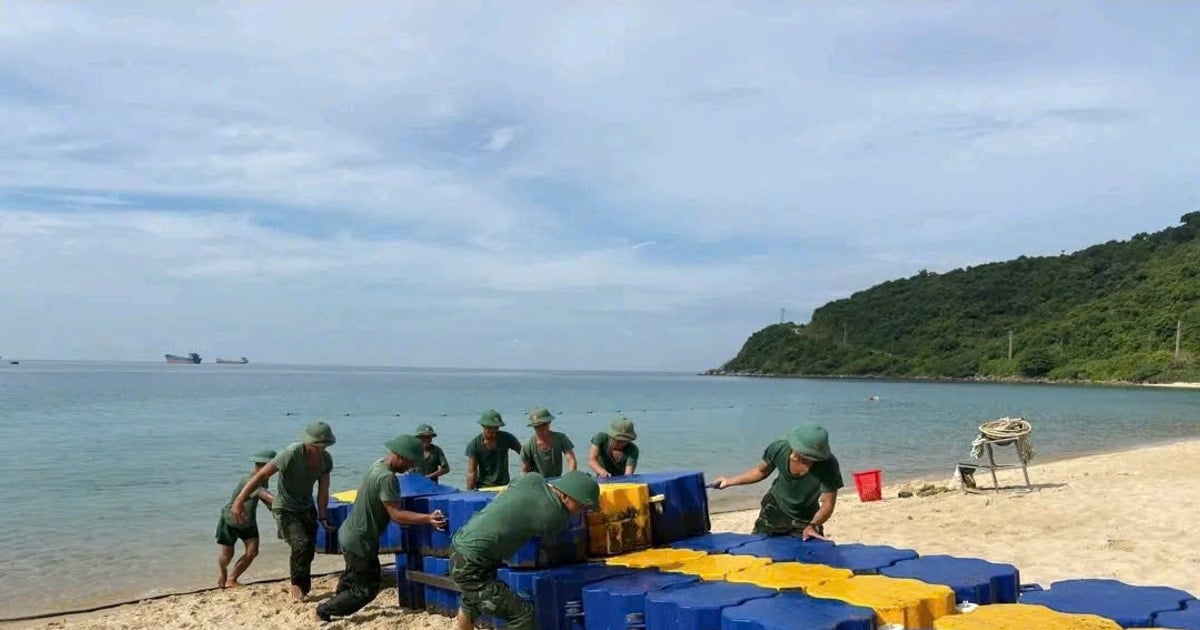
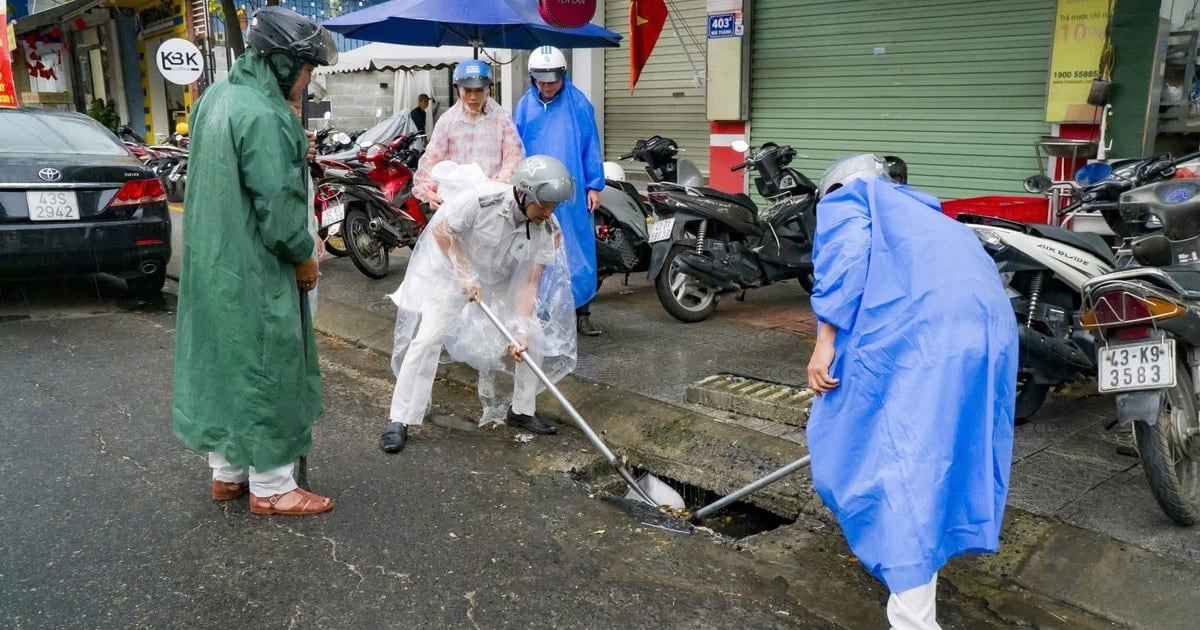














Comment (0)